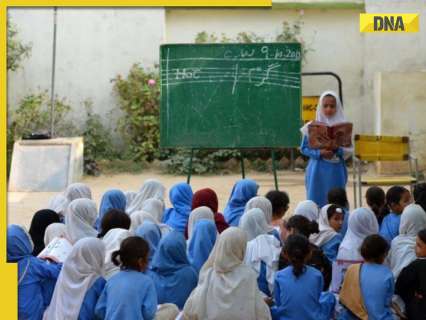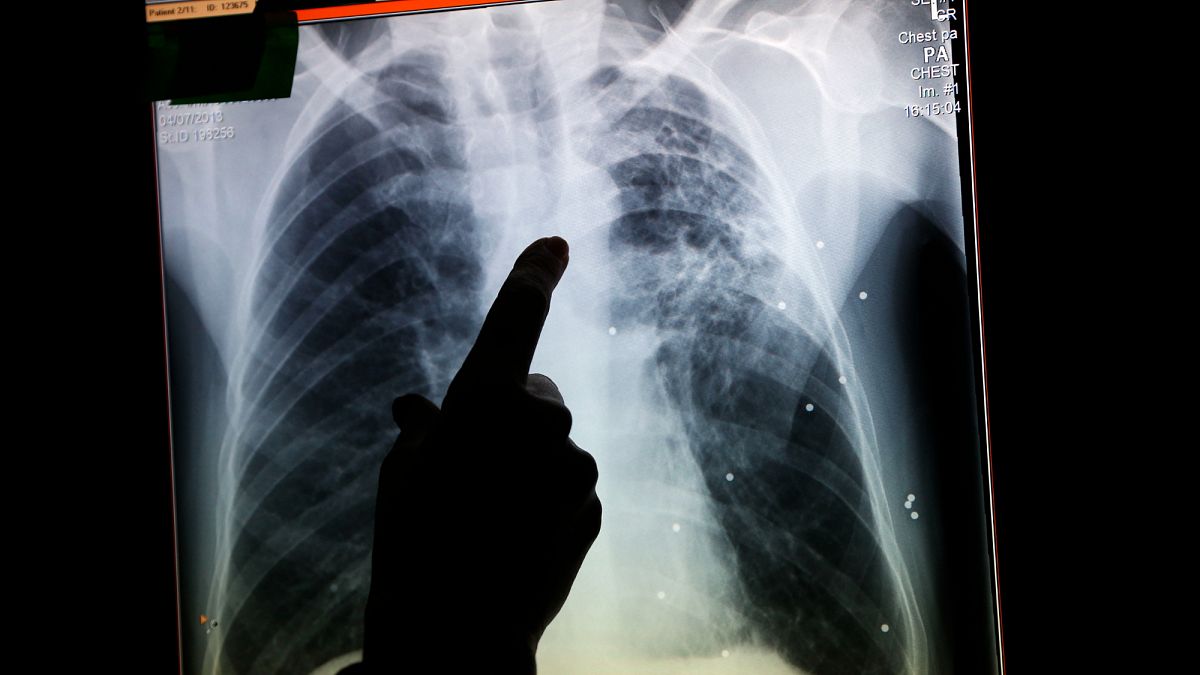Pakistan's education system faces significant challenges, including disparities in access, quality, and resources. For girls, these issues are often compounded by cultural norms, socio-economic factors, and security concerns, leading to lower enrollment rates and higher dropout rates compared to boys. In this article we will focus on the education system, particularly for girls.
UNICEF reports indicates that Pakistan currently holds the world's second-highest count of out-of-school children (OOSC), with an estimated 22.8 million children aged 5-16 not attending school, which accounts for 44 percent of the total population within this age bracket. Specifically, in the 5-9 age group, 5 million children are not enrolled in schools, and this figure more than doubles after primary-school age, with 11.

4 million adolescents aged between 10-14 years not receiving formal education. Furthermore, considerable disparities exist based on gender, socio-economic status, and geographical location; for example, in Sindh, 52 percent of the poorest children (with girls comprising 58 percent) are out of school, and in Balochistan, a staggering 78 percent of girls are not enrolled in any educational institution. Statistics reveal that approximately 10.
7 million boys and 8.6 million girls are enrolled in primary education, yet this number significantly decreases to 3.6 million boys and 2.
8 million girls at the lower secondary level. Education structure in Pakistan The educational structure in Pakistan differs significantly. Education is structured across six levels: pre-school, primary, middle, high, intermediate, and university.
In Pakistan, the educational system often separates boys and girls. As students advance to higher grades, their education is typically segregated. Furthermore, numerous schools are specifically designated for either girls or boys.
In contrast, the Indian education system is divided into pre-primary (nursery and central schools), primary (classes 1 to 5), secondary (classes 6 to 10), and higher secondary (classes 11 and 12), followed by university. How schools are different in Pakistan from India? In Pakistan, education begins with pre-school, though not all young children attend. Enrollment in pre-school typically starts at the age of 3 years.
Children study in pre-school until the age of 5, after which they transition to middle school and begin with class one. Middle school encompasses classes through the fifth grade, with subjects including Urdu, English, Mathematics, Arts, Science, Social Studies, and Islamic Studies. Additionally, regional languages such as Punjabi, Sindhi, and Pashto are also part of the curriculum.
Secondary education in Pakistan covers classes 9 through 12. Similar to India, college admission follows the completion of class 12. Higher education at the university level is also referred to as tertiary education.
What are the strickt rules for girls? Reports indicate that in Pakistan, it is compulsory for girls to wear a dupatta or scarf with their attire. Furthermore, wearing short-sleeved T-shirts is prohibited. Restrictions also include the wearing of bangles or heavy jewelry in schools.
Many Pakistani universities enforce dress code regulations, with fines imposed on girls who fail to comply..
Health

Schools in Pakistan are different from Indian schools, follow these strict rules for girls

The educational structure in Pakistan differs significantly. Education is structured across six levels: pre-school, primary, middle, high, intermediate, and university.













.jpg?auto=webp&crop=3%3A2&width=1200)
